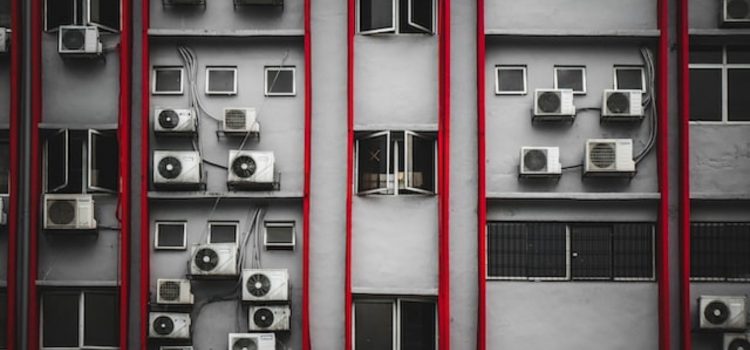

This article is an excerpt from the Shortform book guide to "How to Avoid a Climate Disaster" by Bill Gates. Shortform has the world's best summaries and analyses of books you should be reading.
Like this article? Sign up for a free trial here.
How does air conditioning contribute to global warming? What can we do to curb the rise in CO2 emissions resulting from air conditioning technology?
As the planet warms, the use of cooling technology will increase. According to Bill Gates, the demand for air conditioning will triple by 2050, which means carbon emissions will also triple unless we step in to offset the damage.
Here are some potential solutions Gates suggests for curbing air conditioning’s carbon footprint.
Curbing Air Conditioning Emissions
The global demand for air conditioning increases as wealth increases in emerging economies and extreme heat becomes more dangerous. Ironically, the more the planet warms, the more air conditioning people will use, further exacerbating global warming (this is another reason Gates stresses the need for carbon-less electricity).
Efficiency can help curb emissions in the heating and cooling category. Gates estimates that emissions from air conditioners could be reduced by half if people purchased the most efficient models available. Additionally, since most furnaces and water heaters currently run on fossil fuels, Gates suggests switching to electric heat pumps as another way to increase efficiency and reduce emissions. However, since a new furnace or water heater is an expensive and infrequent purchase, he notes that this large-scale switch is likely to take a long time without compelling consumer incentives.
Achieving Cooler Living Spaces
The International Energy Agency calls the rising global demand for air conditioning one of the most critical blind spots in today’s energy debate. Without major innovations in cooling technology, even if consumers purchased the most efficient air conditioners on the market, as Gates suggests, air conditioning emissions alone could raise the global temperature by half a degree Celsius by 2100.
Technology companies worldwide are working on cooling technology innovations in the hopes of curbing air conditioning’s carbon footprint. But many cities are also taking steps to keep temperatures liveable even for those without access to air conditioning by incorporating more plants into urban spaces. While it takes a considerable amount of vegetation to accomplish, planting green roofs and green corridors among buildings can reduce urban temperatures by up to 5 degrees Celsius without any additional air conditioning!

———End of Preview———
Like what you just read? Read the rest of the world's best book summary and analysis of Bill Gates's "How to Avoid a Climate Disaster" at Shortform.
Here's what you'll find in our full How to Avoid a Climate Disaster summary:
- Bill Gates's technology-based strategies for reducing global carbon emissions
- The challenges and limitations that come with fighting climate change
- The roles governments, private entities, and individuals must play to save the planet






